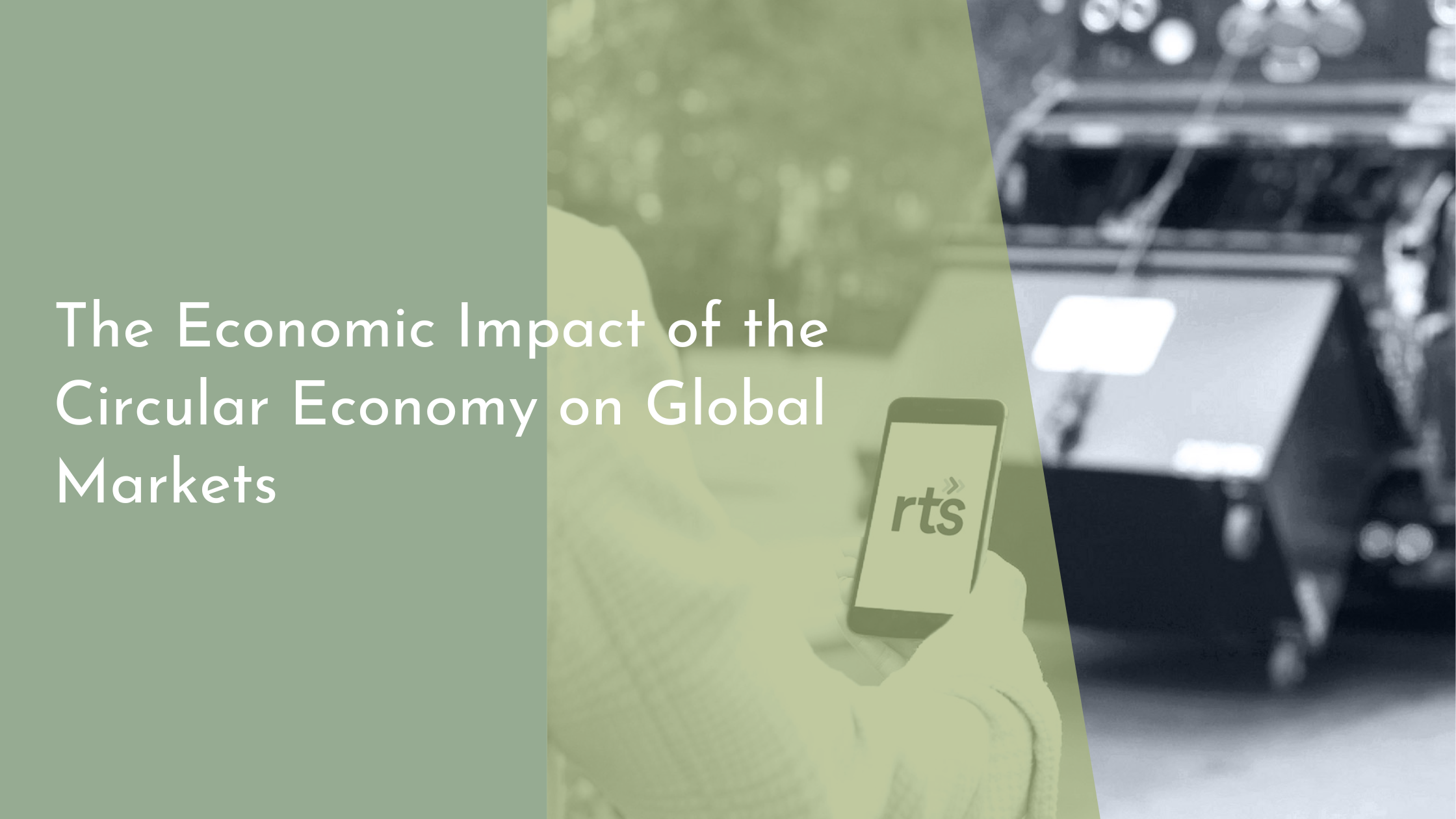The Economic Impact of the Circular Economy on Global Markets
The global economic landscape is undergoing a transformative shift as traditional linear models of production and consumption are being re-evaluated. The circular economy is emerging as a compelling alternative, promising not only environmental sustainability but also economic resilience. In this article, we delve into the intricacies of the circular economy model, explore its benefits for global markets, consider the challenges and opportunities it presents, and ponder the potential realities of a circular future.
Understanding the Circular Economy Model
At its core, the circular economy is a regenerative system that contrasts sharply with the traditional linear model of “take, make, dispose.” In a circular economy, products and materials are designed to be reused, repaired, refurbished, and recycled, thereby creating a closed-loop system that minimizes waste and resource consumption. This model encourages innovation in product design, material selection, and business operations, aiming to decouple economic growth from resource depletion.
The circular economy draws upon principles such as designing for longevity, maintaining product value through repair and reuse, and converting waste into resources. These principles not only reduce environmental impact but also generate economic value by optimizing resource use and reducing costs. As businesses and governments worldwide increasingly prioritize sustainability, the circular economy model is gaining traction, offering a viable pathway to a more sustainable and resilient global economy.
Key Benefits for Global Markets
The transition to a circular economy brings several key benefits to global markets. Firstly, it fosters innovation and competitive advantage by pushing companies to rethink product design and production processes. By focusing on durability and resource efficiency, businesses can reduce costs and enhance profitability while meeting consumer demand for sustainable products. This shift can lead to the development of new markets and business models, offering significant economic opportunities.
Furthermore, the circular economy enhances resource security and reduces dependency on finite resources. By promoting the use of renewable and recycled materials, the circular model helps mitigate supply chain disruptions and price volatility associated with resource extraction. This not only stabilizes markets but also protects economies from the risks of resource scarcity and environmental degradation. As a result, countries that embrace circular principles can achieve greater economic resilience and sustainability.
Challenges and Opportunities Ahead
Despite its many advantages, the transition to a circular economy presents several challenges. One of the primary obstacles is the need for systemic change across industries and supply chains, which requires significant investment and collaboration among stakeholders. Companies must adapt their business models, integrate circular principles into their operations, and foster partnerships to drive change. Additionally, there is a need for supportive policy frameworks and incentives to encourage widespread adoption.
However, these challenges also present a wealth of opportunities for innovation and growth. As new technologies and business models emerge, companies can capitalize on the circular economy’s potential to create value in novel ways. Opportunities abound in areas such as recycling infrastructure, product-as-a-service models, and the development of sustainable materials. By embracing these opportunities, businesses can not only contribute to a more sustainable future but also gain a competitive edge in the evolving market landscape.
Concluding Thoughts on a Circular Future
The future of the circular economy holds immense promise for transforming global markets and achieving sustainable development. As more businesses and governments recognize the economic and environmental benefits of the circular model, momentum is building towards a more resilient and sustainable global economy. By embracing innovation, collaboration, and systemic change, we can create a future where economic growth is decoupled from resource consumption and waste generation.
The journey towards a circular economy may be complex, but its potential to reshape the global economic landscape is undeniable. With the right policies, investments, and collaborative efforts, the circular economy can drive sustainable growth, foster innovation, and enhance global resilience. As we look to the future, let us embrace the opportunities presented by this transformative model and work towards a more sustainable and prosperous world for all.

